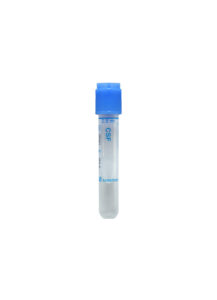Clinical Updates
Test Discontinuation – Creatine Kinase-Myocardial Band (CKMB)
Beginning June 11, 2024, Creatine Kinase-Myocardial Band (CKMB) testing (CKCKMB, MBE) will no longer be orderable at Cleveland Clinic.
Recommended Alternative Test: High-Sensitivity Troponin T (HSTNT)
Background
CKMB is an antiquated cardiac marker due to its limited clinical utility. Current guidelines recommend cardiac troponin testing as the biomarker of choice for myocardial injury due to its superior specificity and sensitivity. Additionally, co-testing with CKMB and troponin adds no incremental value.
This is supported by the American College of Cardiology (ACC), European Society of Cardiology (ESC), Association for Diagnostics & Laboratory Medicine (formerly AACC), American Society for Clinical Pathology (ASCP), Cleveland Clinic’s Cardiovascular Medicine Division, Clinical Biochemistry Section, and Laboratory Stewardship Committee.
References
- Fourth Universal Definition of Myocardial Infarction (PMID: 30571511)
- Eliminating CKMB Testing in Suspected ACS: A Value-Based Quality Improvement (PMID: 28806444)
- ESC Study Group on Cardiac Biomarkers of the Association for Acute CardioVascular Care: A Fond Farewell at the Retirement of CKMB (PMID: 33486520)









